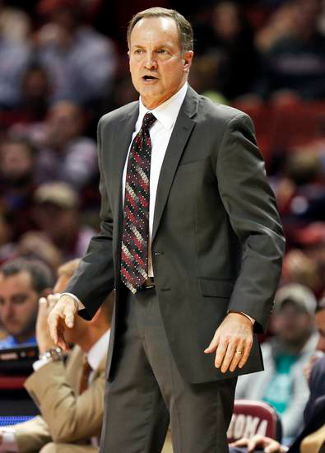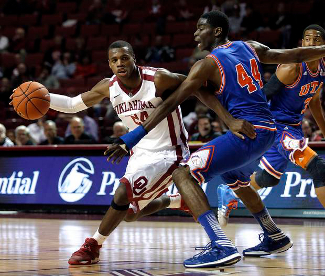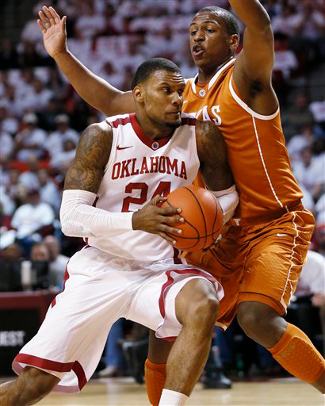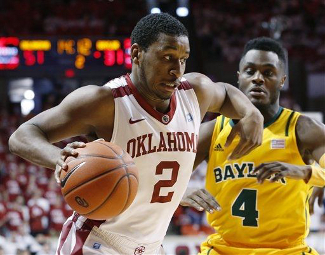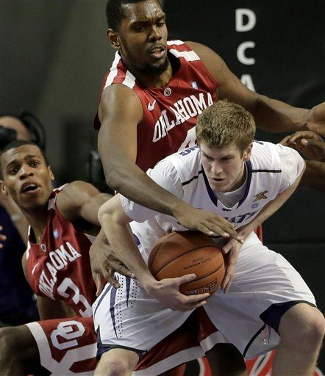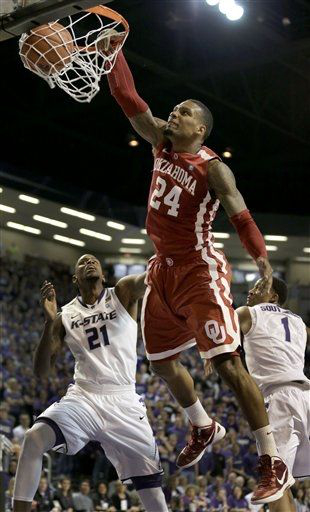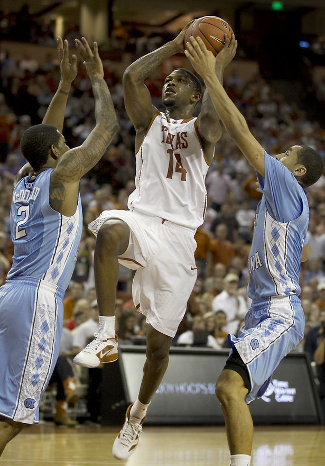| #16/18 Oklahoma Sooners (10-3 overall, 1-0 Big 12) at #10/10 Texas Longhorns (12-2, 1-0)
Frank Erwin Center | Austin, TX | Tip: 8 P.M. CT | TV: ESPN
Vegas: Texas -6 | KenPom: Texas, 67-64 (63%)
The Texas Longhorns are back in action at the Drum tonight, as they host rival Oklahoma in their Big 12 home opener. Both teams started conference play with a win on Saturday, as the Longhorns dispatched Texas Tech in Lubbock, while the Sooners handled Baylor in Norman.
The conference is so deep this season that seven of its teams are currently found in the Top 25 of Ken Pomeroy’s rankings. With those teams so closely matched, the result of every game between the seven contenders can quickly swing the projections. Home teams are favored to win anywhere from 60% to 75% of the time in matchups between the top seven, and Pomeroy’s cumulative odds project a log-jam between those teams, with everyone bunched between 12-6 and 10-8 at season’s end. With the margin for error truly razor-thin in this year’s race, every head-to-head result will cast a long shadow.
Oklahoma already defended its home court against another contender on Saturday, and now looks to make a big move with a road win against another. Last year, the Sooners took advantage of missed Texas free throws down the stretch to win in Austin for the first time since 2005. The Longhorns are certainly looking for revenge after being swept by their rival last year, but are also hoping to score their first RPI Top 50 win in three tries. With one of the NCAA tournament regionals taking place in Houston this year, stockpiling big wins for the résumé will take on added importance.
By the Numbers
The first thing you’ll notice when watching the Sooners or looking at their per-possession stats is that they love to get out and run. Oklahoma averages 70.1 possessions per 40 minutes, which is currently the 25th-fastest pace in the country. The Sooners look up and push the ball after both makes and misses by their opponent, and they love to shoot the transition three if they aren’t able to get all the way to the rim.
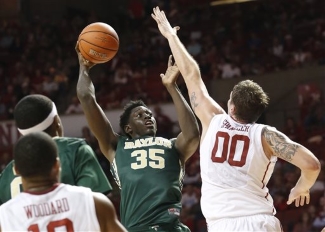
The Sooners make it very tough for opponents to score
(Photo credit: Sue Ogrocki/Associated Press) 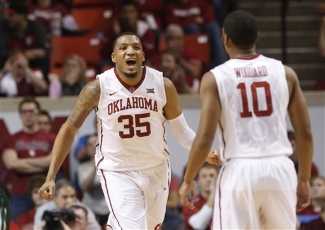
TaShawn Thomas has made an immediate impact at OU
(Photo credit: Sue Ogrocki/Associated Press) 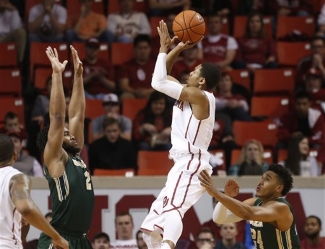
The Longhorns can’t lose track of Cousins or Hield
(Photo credit: Sue Ogrocki/Associated Press) |











